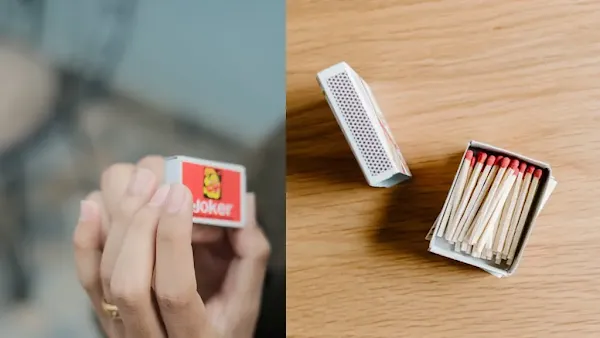During a recent trip from Mumbai to Bangalore, I packed my safety razor in my carry-on, assuming it would be fine since I’d removed the blade. To my surprise, the security officer flagged it, sparking a lengthy discussion about what’s allowed. This experience inspired me to research the rules for carrying shaving blades on flights in India to help others avoid confusion at the airport.
In this article, we’ll cover whether you can carry shaving blades, disposable razors, or safety razors on flights in India, along with practical tips for travelers.
Table of Contents
Shaving Blades in Carry-On Baggage
Razor blades, including those used in safety razors or straight razors, are prohibited in carry-on baggage on flights in India due to their potential as a security risk. However, disposable razors and cartridge razors (e.g., Gillette Mach3) with blades permanently embedded are generally allowed in carry-on luggage. Safety razor handles without blades are also permitted in carry-on bags.
Shaving Blades in Checked Baggage
Razor blades, including those for safety razors and straight razors, are allowed in checked baggage. To prevent injury to baggage handlers, it’s recommended to securely wrap or sheath the blades. Always ensure sharp objects are safely packed to comply with airline regulations, such as those outlined by Air India and IndiGo.
Types of Razors and Their Rules
Different types of razors have specific rules:
- Disposable Razors: Allowed in both carry-on and checked baggage due to their fixed blades.
- Cartridge Razors: Permitted in both carry-on and checked luggage, similar to disposable razors.
- Safety Razors: The handle is allowed in carry-on, but blades must be packed in checked baggage.
- Straight Razors: Prohibited in carry-on but allowed in checked baggage without blades.
- Electric Shavers: Allowed in both carry-on and checked luggage.
The final decision rests with airport security personnel, so always check with your airline before traveling.
Tips for Traveling with Razors
To ensure a smooth travel experience with razors:
- Pack Blades in Checked Baggage: Always place loose razor blades in checked luggage, securely wrapped.
- Use Disposable or Cartridge Razors: These are safer options for carry-on luggage.
- Check Airline Policies: Refer to airline guidelines, such as TSA’s rules, for clarity.
- Buy Blades at Destination: If unsure, purchase razor blades after arriving to avoid issues.
- Contact Security in Advance: If you’re uncertain, reach out to the airline or airport security for clarification.
Frequently Asked Questions
Are shaving razors allowed on flights in India?
Disposable and cartridge razors are allowed in carry-on and checked baggage. Safety razors without blades are permitted in carry-on, but blades must be in checked luggage.
Can I bring razor blades in my carry-on?
No, loose razor blades, including those for safety or straight razors, are prohibited in carry-on baggage.
Can I take a Gillette razor in hand luggage?
Yes, Gillette cartridge razors (e.g., Mach3) are allowed in carry-on luggage as the blades are permanently embedded.
Will airport security stop you for a razor?
Security may stop you if you carry loose razor blades or prohibited razors in your carry-on. Disposable or cartridge razors are generally fine.
Is a shaving blade allowed in flight?
Shaving blades are not allowed in carry-on but are permitted in checked baggage if securely wrapped.
Can you take shaving blades through TSA?
TSA allows disposable and cartridge razors in carry-on but prohibits loose razor blades, which must be in checked baggage.
What razors are not allowed on planes?
Safety razors with blades and straight razors are not allowed in carry-on. Their blades must be packed in checked luggage.
Can You Bring Nail Clippers on Indian Flights
Do You Need to Remove Shoes at Airport Security





















